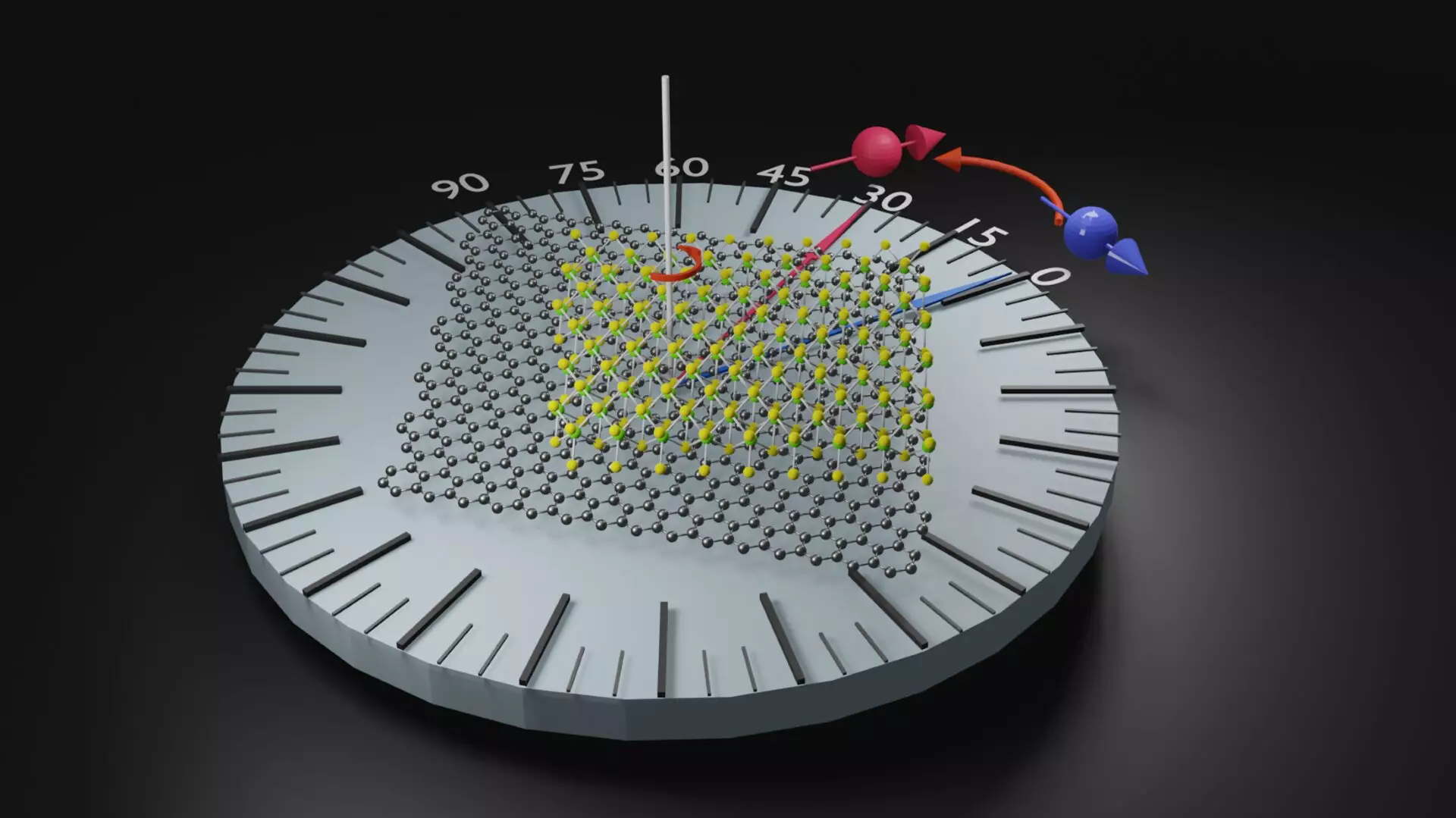The collaboration between researchers from the Charles University of Prague, the CFM (CSIC-UPV/EHU) center in San Sebastian, and CIC nanoGUNE’s Nanodevices group has led to a groundbreaking discovery in the field of spintronics. The team has developed a new complex material with unique properties that could revolutionize the design of electronic devices. Published in the prestigious journal Nature Materials, this discovery paves the way for the creation of innovative and more efficient electronic components, including magnetic memories integrated into processors.
In recent years, the exploration of two-dimensional materials has garnered significant attention due to their exceptional properties. When two layers of these materials are stacked to form a heterostructure, new phenomena emerge, opening up possibilities for novel applications. By studying the stacking of graphene and tungsten selenide (WSe2) layers, the researchers have uncovered a remarkable behavior. When these layers are precisely rotated at a specific angle, a spin current is generated in a predetermined direction, a phenomenon crucial for advancing spintronics.
Spintronics technology, which utilizes the spin of electrons for information storage and processing, has been constrained by challenges in handling spin currents. Traditionally, spin is transferred perpendicular to the electric current, posing limitations on the efficiency and functionality of spintronic devices. However, the recent study led by Ikerbasque Research Professor Félix Casanova reveals a promising solution. By stacking two layers of materials and applying a precise twist, the researchers have unlocked new spin-related properties previously unattainable with individual materials.
The findings from this research hold immense promise for the future of electronics and computing. By harnessing the unique properties of two-dimensional materials and manipulating their configuration, researchers can tailor spin currents to flow in desired directions, overcoming traditional limitations in spintronics. This breakthrough not only expands our understanding of spin-related phenomena but also offers a pathway to more efficient and advanced electronic devices with enhanced functionality.
The collaboration between leading research institutions has led to a significant advancement in the field of spintronics. The development of complex materials with emergent properties opens up new avenues for innovation and exploration in electronic device design. By leveraging the extraordinary characteristics of two-dimensional materials and manipulating their configuration, researchers have demonstrated the potential for a new era of spintronic devices. This research not only sheds light on the possibilities of manipulating spin currents but also underscores the importance of interdisciplinary collaboration in pushing the boundaries of scientific discovery and technological advancement.


Leave a Reply
You must be logged in to post a comment.